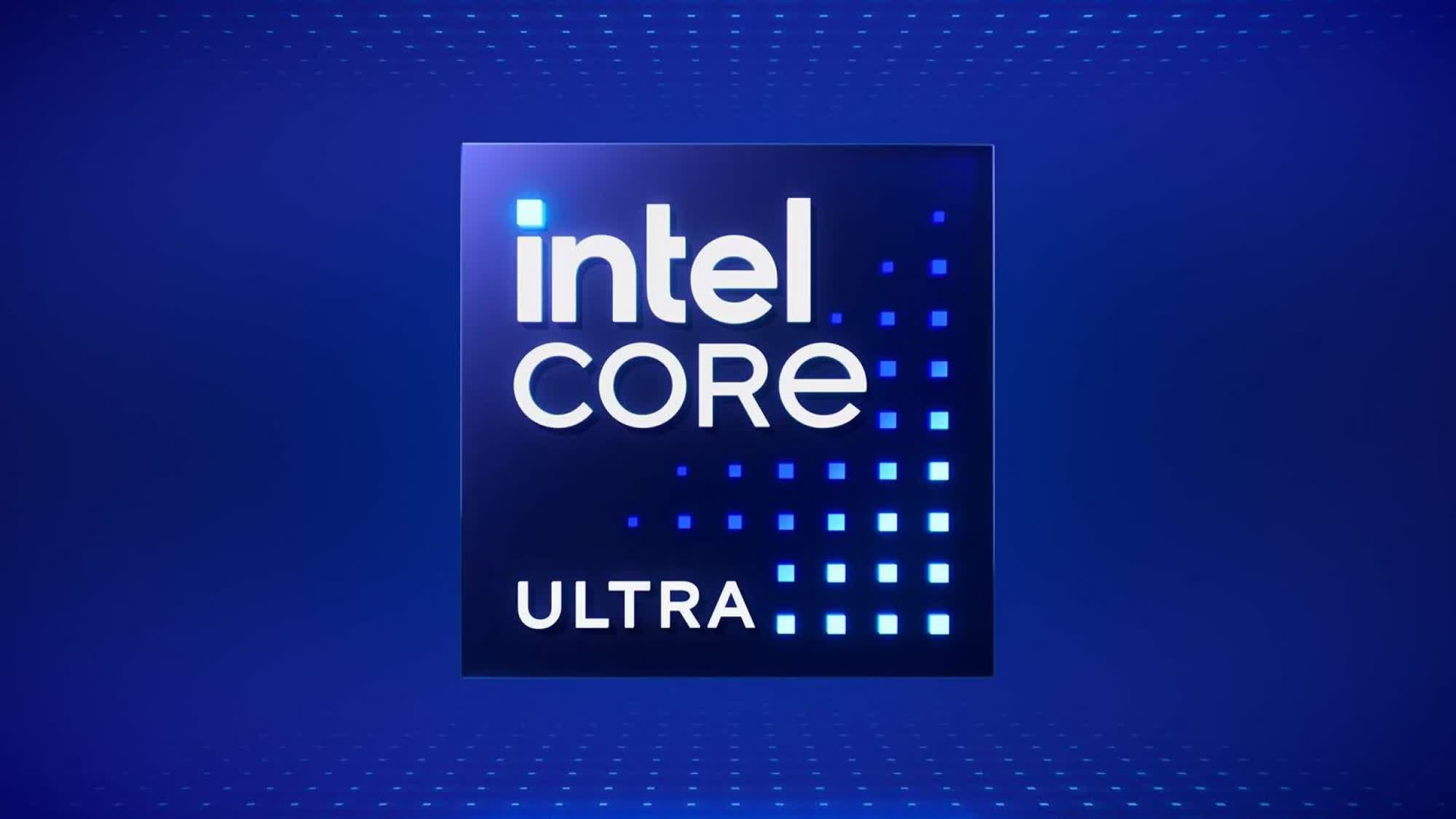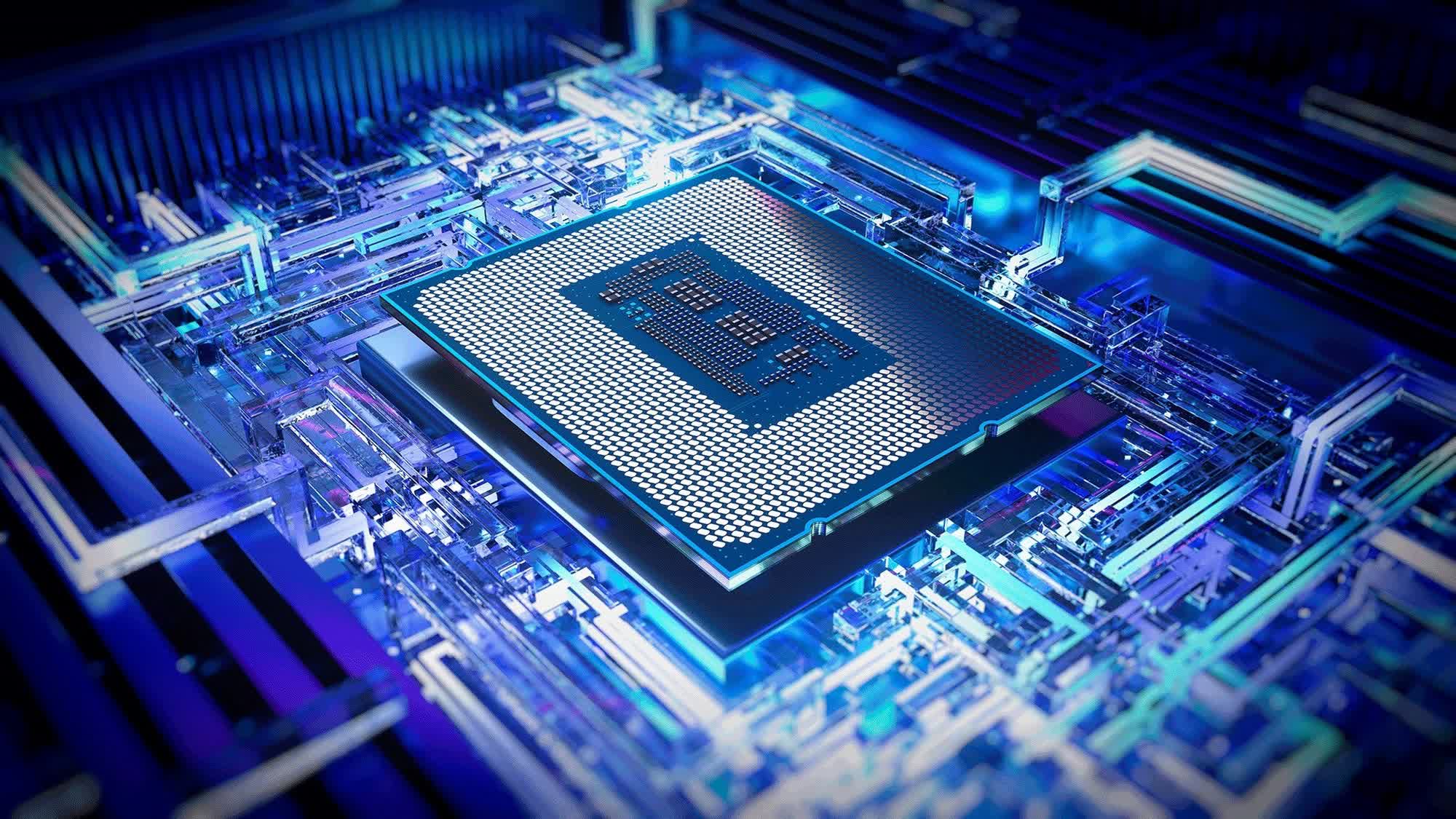Rumor mill: A recent report claimed that Intel's next-gen Arrow Lake-S desktop processors could be marketed under the "Core Ultra 200" branding. These chips are said to have been designed for the so-called AI PCs that Microsoft believes could bring a tectonic shift in the world of personal computing. A new leak now claims to have revealed the specifications of some of these CPUs.

According to Chinese tech publication Benchlife, Arrow Lake-S will comprise 13 SKUs at launch, including three K-series models designed for overclocking. The first of these is the Core Ultra 9 285K, which is said to be a 24-core chip with an 8+16 configuration, while the other two are the Core Ultra 7 265K with 20 cores (8+12) and Core Ultra 5 245K with 14 cores (6+8). All of them will reportedly have a 125W TDP.
The lineup is tipped to further include three non-K parts with locked multipliers. An earlier report from leaker @OneRaichu mentions them as "275," "255," and "240," but we can expect them to be marketed as the Core Ultra 9 275, Core Ultra 7 255 and Core Ultra 5 240. All of them will be 65W parts and at least one of them – the Core Ultra 5 SKU – is rumored to have a 10-core design with a 6+4 configuration. Unfortunately, none will offer hyper-threading, as Intel is deprecating the feature with the Arrow Lake-S processors.

The lineup is also expected to include two Core Ultra 200F-series chips. One will have a 125W TDP, and another will feature a 65W power design. Additionally, Arrow Lake-S will offer five SKUs as part of the Core Ultra 200T-series, all tipped to be 35W parts. The report does not include any other information about the upcoming processors, such as clock speeds, power limits, and memory speed support, but we'll likely discover those details in the lead-up to their launch.
According to earlier reports, the Core Ultra 200 series processors will only be compatible with new 800-series motherboards featuring the LGA-1851 socket, meaning you'll have to spend some additional money to update to the new platform. Recent leaks suggest that Intel could announce the Arrow Lake-S lineup at the Computex 2024 event in Taiwan next month, so we may not have to wait too long to get our hands on the official spec sheets.
Intel Arrow Lake-S desktop CPU leak includes a 24-core 285K flagship, 20-core 265K